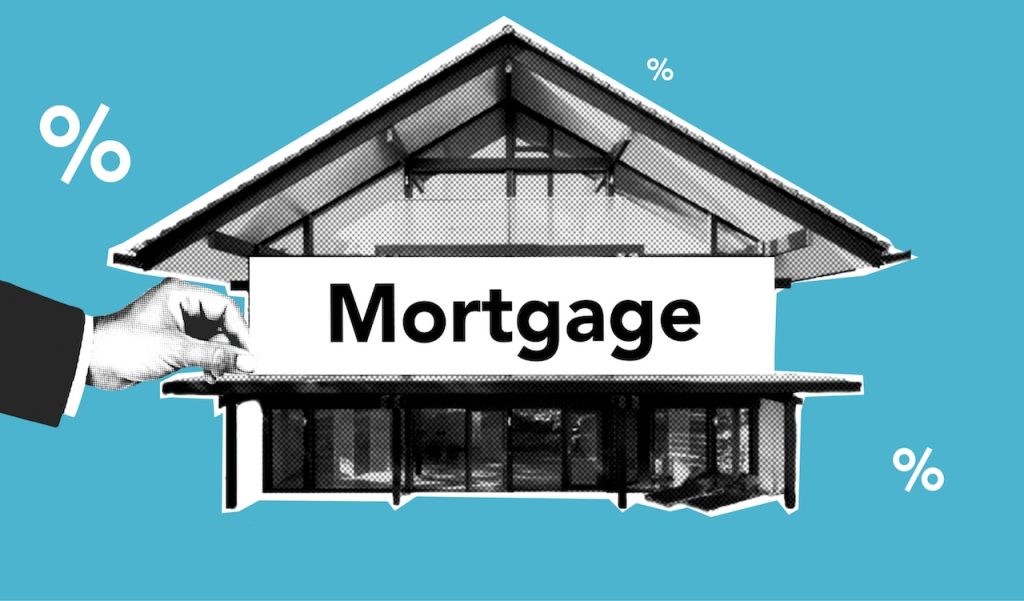Understanding the differences between direct and indirect costs is essential for assessing the financial health of a business. Direct costs are expenses that can be directly attributed to a specific product or service, while indirect costs are expenses that cannot be easily traced back to a specific cost object.
In this blog post, we will delve into the distinctions between direct and indirect costs, provide examples of each, and discuss why it is important for businesses to accurately distinguish between the two.
Direct and Indirect costs examples
What is the direct cost?
Direct costs are expenses that can be easily linked to a specific project, item, service, or expense category. They include material, labor, and equipment costs that go directly into producing goods or services. Direct costs can be traced back to a cost object, like a product or department. They are typically variable and fluctuate with production levels. In contrast, indirect costs like depreciation and administrative expenses are harder to assign to a specific product. Examples of direct costs include materials, equipment, and labor specific to a project.
Examples of direct costs:
Labor and direct materials are the main components of direct costs. For instance, when a company makes a product, like an appliance, they need raw materials such as steel and electronic components. Two common ways to track these costs are called first-in, first-out (FIFO) and last-in, first-out (LIFO), depending on how materials are used in production. LIFO can be useful when material costs vary during production.
Most direct costs are usually variable. For example, the cost of smartphone hardware is a direct, variable cost because it changes based on the number of units ordered. However, direct labor costs tend to stay constant throughout the year. An employee’s wages typically don’t fluctuate based on the number of products made. Direct costs include any cost involved in making a product, like direct labor, direct materials, manufacturing supplies, wages for production staff, and fuel or power consumption.
Direct costs can be traced directly to a specific product and don’t need to be divided among different cost objects. They generally benefit from only one cost object. Costs that are not direct are grouped together and allocated based on cost drivers.
What is the indirect cost?
Indirect costs are expenses that go beyond the costs directly related to making a product. They include the expenses needed to operate and manage a company. These costs, known as overhead costs, are what remain after calculating direct costs.
Examples of indirect costs:
Examples of indirect costs include materials and supplies necessary for daily operations, such as computers, electricity, and rent. While these things support the entire company, they are not specifically tied to producing any one service. Indirect costs are expenses that you cannot directly connect to a particular product or service. They include costs like rent, utilities, and administrative expenses such as office supplies and salaries. Indirect costs are also referred to as overhead costs. They can be challenging to track because they involve payments to other departments or individuals and are not directly related to production activities.
What are the differences between direct and indirect costs?
There is an easy way to categorize payments as either direct or indirect costs. Direct costs include expenses related to making, designing, and launching a product or service, while indirect costs are those that are not specifically linked to a particular product.
Direct costs may include items such as manufacturing supplies, equipment, raw materials, labor costs, and other production-related expenses. On the other hand, indirect costs could involve utilities, office supplies, office technology, marketing campaigns, accounting and payroll software, and small business insurance.
The importance of knowing the difference:
Understanding the difference between direct and indirect costs is crucial for businesses to set competitive prices, manage finances, and file taxes correctly. Direct costs are expenses directly related to producing goods or services, like labor and materials. Indirect costs, such as rent and utilities, are not directly tied to specific products. Knowing these distinctions helps businesses make informed decisions about pricing, budgeting, and maximizing profitability. Consulting with an accountant or bookkeeper can help determine which costs are tax-deductible and ensure financial sustainability.
How direct and indirect costs impact funding for your small business:
When a business receives funding from the government or other external sources, it’s crucial to understand the difference between direct and indirect costs. Grant rules can be strict about how funds can be used, with specific amounts allocated to each type of cost.
Direct costs are expenses directly related to producing goods or services, like labor and materials. Indirect costs are necessary for running the business overall, such as rent and marketing.
Managing both direct and indirect costs is key to a business’s financial health. High direct costs can signal inefficiencies, while poor management of indirect costs can also hurt profits. Business owners should monitor expenses closely, find ways to save money, and improve efficiency to ensure financial success.
Conclusion
In conclusion, understanding the difference between direct and indirect costs is vital for effectively managing a business. Direct costs are expenses directly tied to a specific project or product, such as materials, labor, and equipment. On the other hand, indirect costs, like depreciation and administrative expenses, are more challenging to assign to a specific product and encompass the overall expenses of running a business. By grasping the distinction between direct and indirect costs, businesses can make informed financial decisions to ensure their financial health and success.

